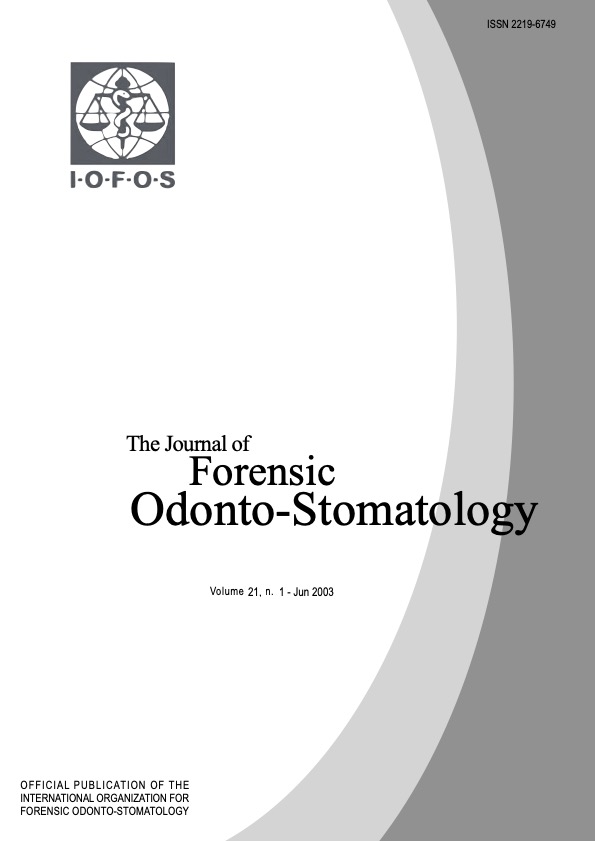Are a minimum number of concordant matches needed to establish identity in forensic odontology?
Abstract
Forensic odontology plays an important role in the identification of human remains. While numerous studies2-6 have proven conclusively the uniqueness of the human dentition, forensic odontologists worldwide remain divided about the need for a minimum number of concordant points to confirm dental identification4-6. 9-16. This study reviewed 690 cases from the archives of the Forensic Odontology Unit, The University of Adelaide, to determine the validity of using a minimum number of concordant points to positively identify human remains. It was found that positive identification had been established using a varying number of concordant points. Although the incidence of positive identification was more frequent with a minimum of 12 concordant points, there were numerous cases where 12 or more concordant points failed to achieve a positive identification. Identities were also confirmed in some cases using less than 12 points of correspondence. There appears to be no basis for defining a minimum number of concordant points necessary before a positive identification can be made on dental evidence. Rather, the findings of this study reinforce the view that each case has its own individuality and should be treated as such.

